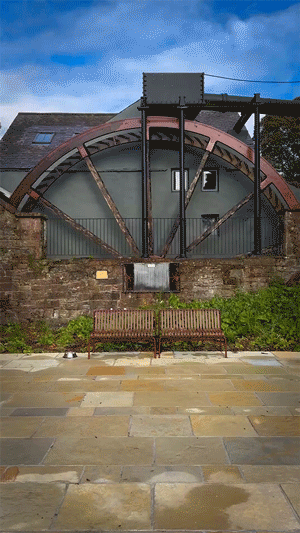Capparelli at The Mill
Big Wheel Keeps On Turning
275 years after the giant 35-foot waterwheel of the original bleach works first began to turn, Carlos and Lucie Capparelli have made the wheel at The Old Mill at Dundonald turn once again.
Its motion signals the changes of the ages. What was once an 18th century bleach works, then a 19th century corn mill, is now, as Capparelli at the Mill, a singular de…



